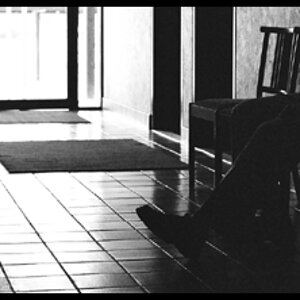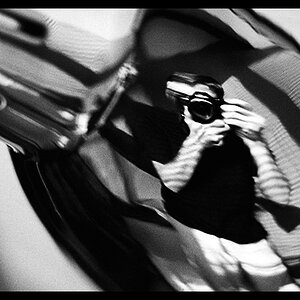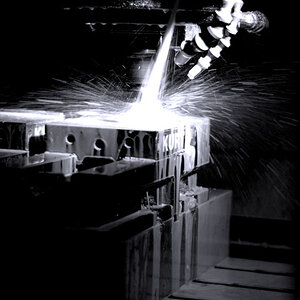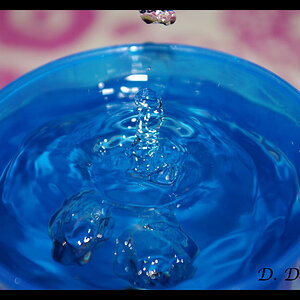- Joined
- Sep 2, 2005
- Messages
- 14,455
- Reaction score
- 3,328
- Can others edit my Photos
- Photos OK to edit
Ahem... (from Wikipedia)
Although VHS has quickly faded from mainstream home-video, the VCR is still used in many US households. The Washington Post noted that as of 2005, 94.5 million Americans still owned VHS format VCRs.[10]
The last standalone JVC VHS-only unit was produced in 2008.[14] JVC, like many other manufacturers, still makes combination DVD+VHS units.
Several retail chains in the United States and in Europe planned to stop selling VHS equipment in 2004,[15] 2005,[16] and 2006.[17] Despite these plans, VHS recorders and blank tapes are still being sold in major stores worldwide. As an acknowledgment of VHS popularity, in 2009 Panasonic has announced the world’s first dual deck VHS-Blu-ray player.[18]
Although VHS has quickly faded from mainstream home-video, the VCR is still used in many US households. The Washington Post noted that as of 2005, 94.5 million Americans still owned VHS format VCRs.[10]
The last standalone JVC VHS-only unit was produced in 2008.[14] JVC, like many other manufacturers, still makes combination DVD+VHS units.
Several retail chains in the United States and in Europe planned to stop selling VHS equipment in 2004,[15] 2005,[16] and 2006.[17] Despite these plans, VHS recorders and blank tapes are still being sold in major stores worldwide. As an acknowledgment of VHS popularity, in 2009 Panasonic has announced the world’s first dual deck VHS-Blu-ray player.[18]












![[No title]](/data/xfmg/thumbnail/40/40284-f59f6230f0d5b9eacf977f8b0392f087.jpg?1619739407)

